- How to Refresh and Replace Worn-Out Garden Soil
- 1. Test Your Soil
- 2. Add Organic Matter
- 3. Rotate Crops
- 4. Mulch Your Garden Beds
- 5. Replace the Soil
- Why Refreshing Garden Soil is Important
- Identifying Worn-Out Garden Soil
- Preparing Your Garden for Soil Refreshment
- 1. Remove Plants and Weeds
- 2. Clear Debris
- 3. Test Soil pH and Quality
- 4. Add Organic Matter
- 5. Incorporate Amendments
- 6. Level the Soil
- 7. Water Thoroughly
- Methods for Refreshing Worn-Out Garden Soil
- Testing and Adjusting Soil Nutrients
- 1. Soil Testing
- 2. Adjusting Soil Nutrients
- 3. Following Soil Testing Recommendations
- Replacing Worn-Out Garden Soil
- Gardening Tips for Maintaining Soil Health
- Questions and Answers:
- What are the signs that your garden soil needs refreshing or replacement?
- What are some ways to refresh garden soil?
- How often should garden soil be refreshed or replaced?
- Can I use old garden soil for container gardening?
- What are the benefits of refreshing or replacing garden soil?
- Videos: 6 Ways to Fix Clay Garden Soil | EASY to HARD Methods
Keeping your garden soil healthy and fertile is essential for growing a flourishing garden. Over time, however, soil can become depleted of nutrients and lose its structure, making it difficult for plants to thrive. This is especially true if you have been growing the same crops in the same soil for several years. The good news is that there are ways to refresh and replace worn-out garden soil to ensure optimal growing conditions.
First, it’s important to test your soil to determine its nutrient content and pH level. You can use a home testing kit or send a sample to a professional lab for analysis. This will help you identify any deficiencies or imbalances in your soil, allowing you to make informed decisions about soil amendments.
Next, consider incorporating organic matter into your soil. This can include compost, well-rotted manure, or leaf mold. Organic matter helps improve soil structure, retain moisture, and provide essential nutrients to plants. Spread a layer of organic matter over the surface of your garden bed and gently work it into the top few inches of soil using a garden fork or tiller. This will help replenish nutrients and enhance the overall health of your soil.
If your soil is severely depleted or contaminated, you may need to replace it altogether. This is especially true if you have been struggling to grow plants successfully or if you’ve noticed signs of disease or pests in your garden. Replace the old soil with a fresh mix of high-quality topsoil, compost, and other organic amendments. Consider using raised beds or containers to make it easier to control the quality of your soil and prevent future issues.
Remember to rotate your crops regularly to prevent soil depletion. This means planting different crops in different areas of your garden each season. Crop rotation helps break pest and disease cycles, improves soil fertility, and reduces the risk of nutrient imbalances.
In conclusion, taking steps to refresh and replace worn-out garden soil is essential for maintaining a healthy and productive garden. By testing your soil, incorporating organic matter, and practicing crop rotation, you can ensure that your plants have the necessary nutrients and growing conditions to thrive.
How to Refresh and Replace Worn-Out Garden Soil
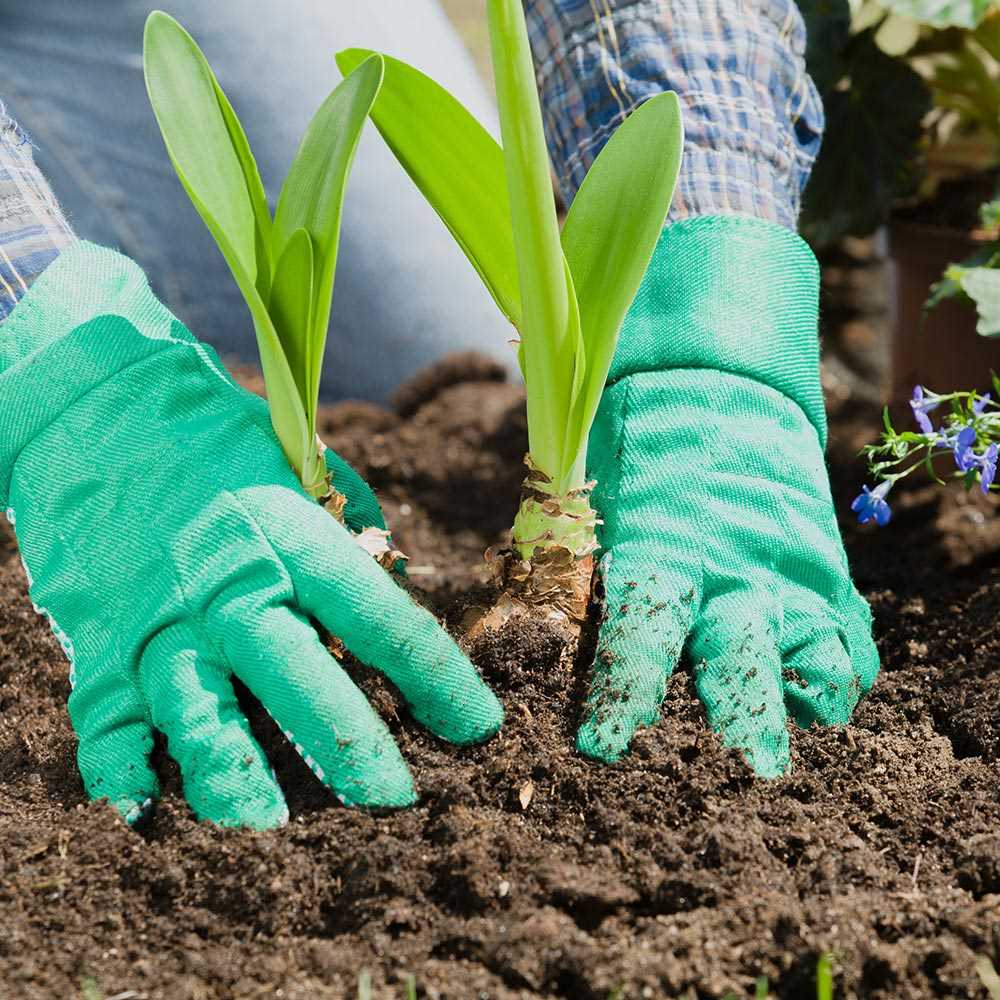
Garden soil is a crucial component in growing healthy plants and ensuring a bountiful harvest. However, over time, the soil can become worn out and depleted of nutrients, making it less productive. To maintain a vibrant garden, it is essential to periodically refresh and replace worn-out garden soil. Here are some tips to help you rejuvenate your soil and ensure the health of your plants.
1. Test Your Soil
Before refreshing or replacing your garden soil, it is important to test its pH level and nutrient content. You can purchase a soil testing kit from a garden center or send a sample to a laboratory for analysis. This will provide you with valuable information about the current condition of your soil and any deficiencies it may have.
2. Add Organic Matter
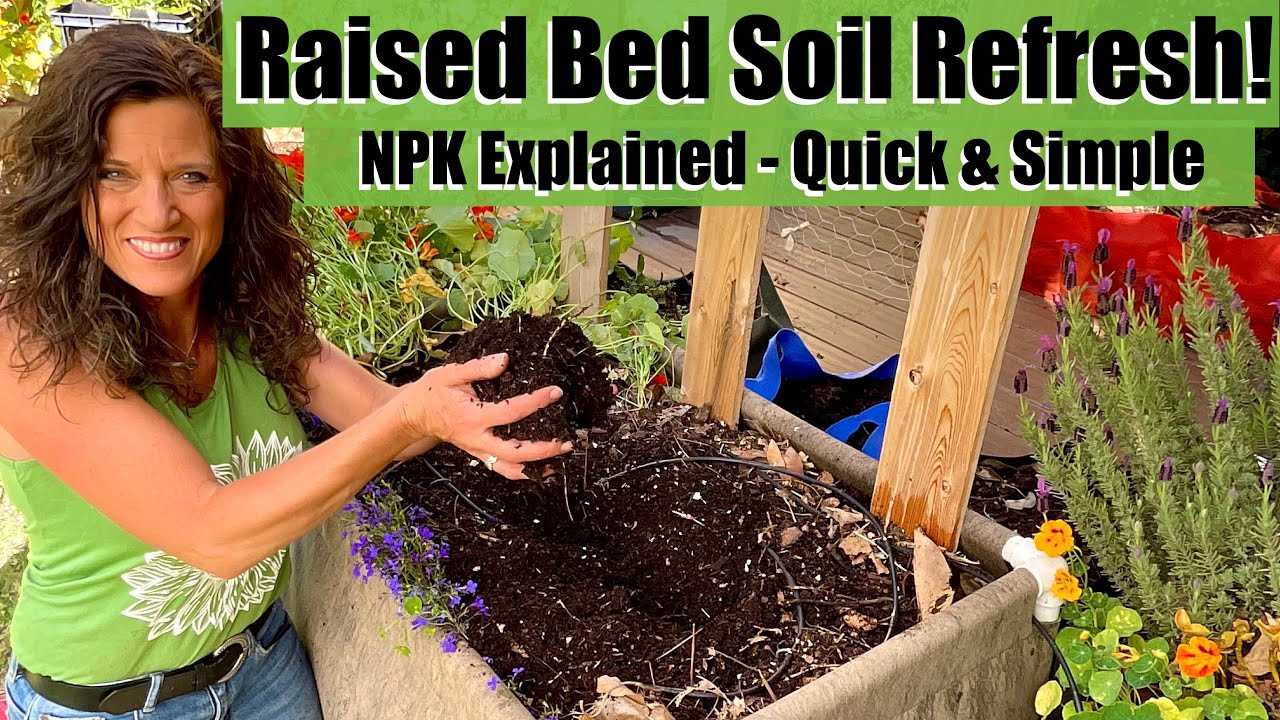
One of the best ways to refresh worn-out garden soil is by adding organic matter. Compost, aged manure, and leaf mold are excellent sources of organic matter that can improve soil structure, enhance drainage, and increase nutrient availability. Spread a layer of organic matter over your garden beds and work it into the soil using a garden fork or tiller.
3. Rotate Crops
Planting the same crop in the same area year after year can lead to soil exhaustion and nutrient imbalances. To prevent this, practice crop rotation. Rotate your plantings so that different crops are planted in different areas of your garden each year. This will help replenish the soil and minimize the risk of pest and disease buildup.
4. Mulch Your Garden Beds
Mulching your garden beds is another effective way to refresh worn-out soil. Apply a layer of organic mulch, such as wood chips or straw, to help retain moisture, suppress weed growth, and improve soil fertility. As the mulch breaks down, it will gradually release nutrients into the soil, nourishing your plants.
5. Replace the Soil
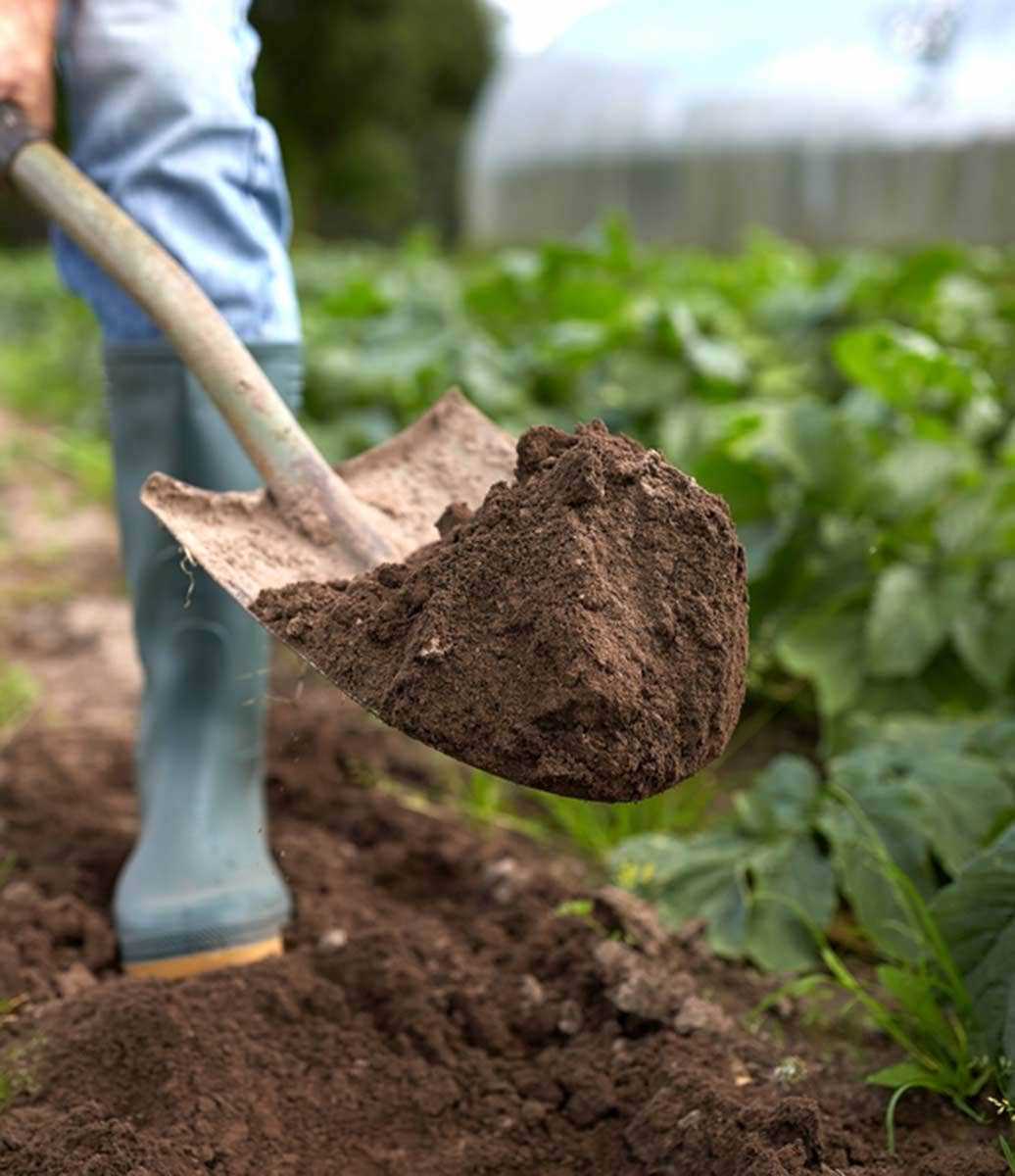
If your garden soil is severely worn out or contaminated, you may need to consider replacing it. Remove the existing soil and replace it with fresh, nutrient-rich soil or a high-quality garden mix. Make sure to choose a soil blend that is suitable for the specific needs of your plants.
Remember, maintaining healthy soil is an ongoing process. Regularly refreshing and replenishing your garden soil will help ensure the success of your plants and the productivity of your garden. By following these tips, you can rejuvenate your worn-out garden soil and enjoy a thriving and abundant garden.
Why Refreshing Garden Soil is Important
Garden soil is a vital component for plants to grow and thrive. Over time, however, the soil can become worn out and depleted of essential nutrients. This can result in poor plant growth, reduced yields, and increased susceptibility to pests and diseases. To ensure a healthy and productive garden, it is important to regularly refresh and replace worn-out soil.
Here are some reasons why refreshing garden soil is important:
- Replenish essential nutrients: Plants need a wide range of nutrients to grow, such as nitrogen, phosphorus, and potassium. Over time, these nutrients can become depleted, making it difficult for plants to thrive. By refreshing the soil, you can replenish these essential nutrients and provide a healthy environment for your plants.
- Improve soil structure: Worn-out soil can become compacted and lose its structure, making it difficult for plant roots to penetrate and access water and nutrients. Refreshing the soil can help loosen compacted soil and improve its structure, allowing roots to grow deep and plants to absorb nutrients more efficiently.
- Control pest and disease outbreaks: Worn-out soil can harbor pests and diseases that can weaken plants and lead to poor growth. By refreshing the soil, you can disrupt the life cycle of pests and reduce the risk of disease outbreaks, promoting healthier plants and better yields.
- Promote beneficial organisms: Healthy soil is teeming with beneficial organisms, such as earthworms and beneficial bacteria, which play a crucial role in breaking down organic matter and improving soil fertility. Refreshing the soil can create a favorable environment for these organisms, enhancing the overall health of your garden.
- Prevent nutrient imbalances: Over time, the constant uptake of specific nutrients by plants can lead to imbalances in the soil. Refreshing the soil allows you to rebalance nutrient levels and prevent deficiencies or toxicities in your plants.
Overall, refreshing garden soil is an important practice to maintain a healthy and productive garden. By replenishing nutrients, improving soil structure, controlling pests and diseases, promoting beneficial organisms, and preventing nutrient imbalances, you can ensure that your plants thrive and produce abundant yields.
Identifying Worn-Out Garden Soil
Over time, garden soil can become worn out and depleted of nutrients, making it difficult for plants to thrive. Here are some signs to look out for to identify if your garden soil is worn-out:
- Poor Drainage: If your garden soil is often saturated with water and takes a long time to drain, it may be a sign of compacted soil, which can result from years of use without proper maintenance.
- Weed Growth: Worn-out soil is more likely to have a high presence of weeds. If you find that weeds are taking over your garden beds, it could be a sign that the soil lacks essential nutrients for your plants to compete with the weeds effectively.
- Reduced Plant Growth: If your plants are struggling to grow or are producing smaller yields than usual, it could indicate that the soil is depleted of essential nutrients. This can happen if the same crops have been grown in the same place year after year without replenishing the soil.
- Pale Leaves: When plants have pale or yellow leaves, it is often a sign of nutrient deficiency. Worn-out soil may lack essential nutrients like nitrogen, phosphorus, and potassium, which are crucial for plant growth and development.
- Soil Crusting: If the top layer of your garden soil forms a hard crust after rainfall, it may be a sign of compacted soil caused by years of use. This crust prevents water from penetrating the soil effectively and can hinder plant growth.
If you notice one or more of these signs, it’s a good indication that your garden soil is worn-out and in need of refreshing and replenishing. The next step is to take action to improve the soil’s health and fertility.
Preparing Your Garden for Soil Refreshment
1. Remove Plants and Weeds
Before refreshing your garden soil, start by removing any plants or weeds that are currently growing in the area. Use a trowel or garden fork to carefully dig up the plants, ensuring you remove as much of the root system as possible to prevent regrowth. Dispose of the plants and weeds away from your garden to avoid spreading any diseases or pests.
2. Clear Debris
Once the plants and weeds are removed, clear away any debris, such as fallen leaves, twigs, and rocks. This will create a clean surface for the soil refreshment process and prevent any obstructions or complications in the future.
3. Test Soil pH and Quality
It’s essential to test the pH and quality of your garden soil before proceeding with the refreshment process. You can purchase a soil testing kit from a garden center or send a sample to a professional laboratory for analysis. Knowing the pH level and nutrient deficiencies in your soil will help you determine the appropriate amendments and fertilizers to use.
4. Add Organic Matter
One of the key steps in refreshing garden soil is adding organic matter. This can include compost, well-rotted manure, leaf mold, or shredded bark. Organic matter improves soil structure, enhances drainage, and provides essential nutrients for your plants. Spread a layer of organic matter over the soil surface and use a garden fork or shovel to incorporate it into the top 6-8 inches of soil.
5. Incorporate Amendments
If your soil test results indicate any deficiencies, it’s important to incorporate specific amendments to address them. Common soil amendments include lime to raise pH, sulfur to lower pH, and various minerals to replenish essential nutrients. Follow the instructions on the packaging and work the amendments into the soil according to the recommended application rates.
6. Level the Soil
After adding organic matter and amendments, use a garden rake to level the soil surface. This will create a more uniform planting bed and ensure an even distribution of nutrients and moisture. Remove any large clumps or rocks that may have been brought to the surface during the soil preparation process.
7. Water Thoroughly
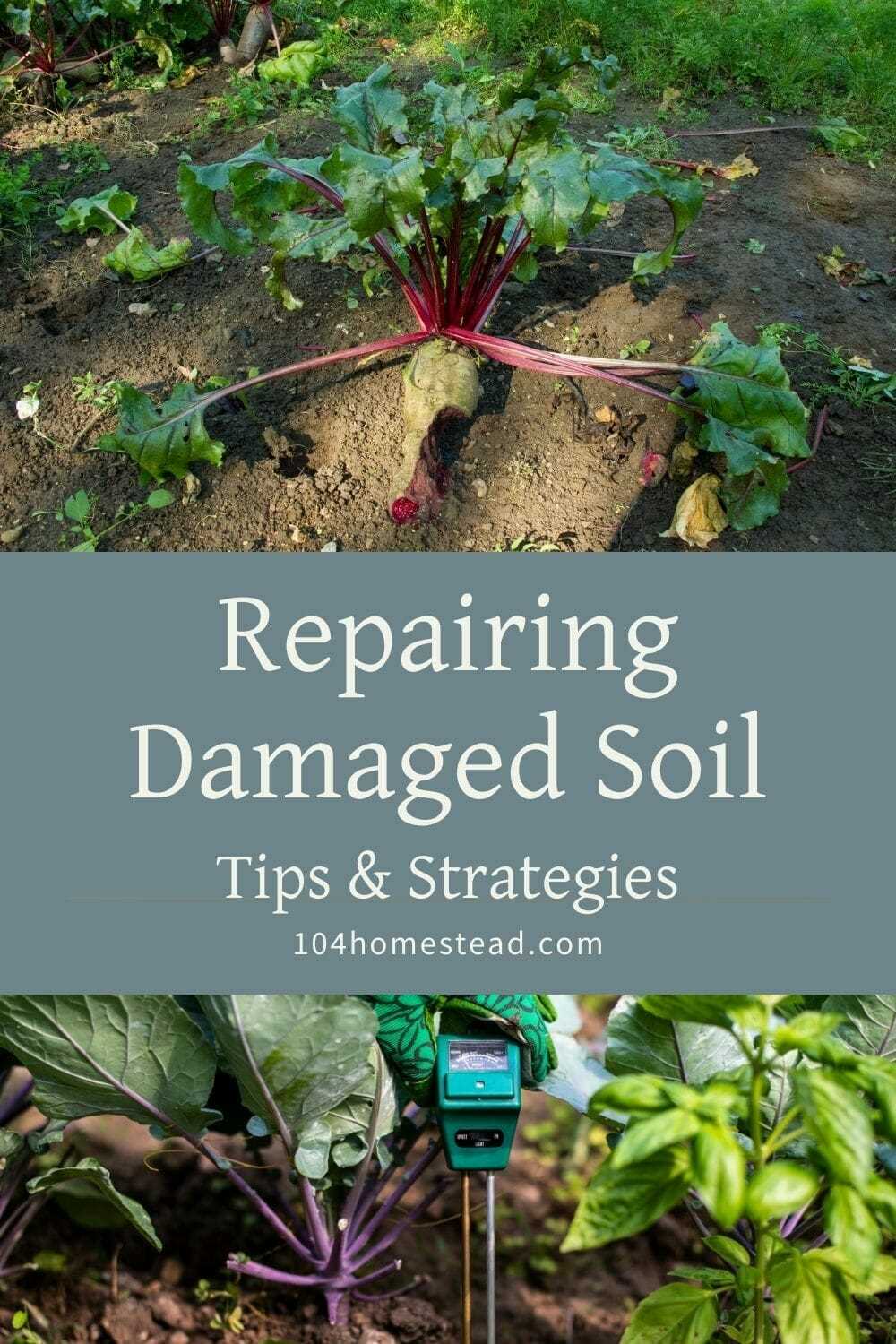
Before planting new crops or flowers, water the refreshed soil thoroughly. This will help settle the soil, remove air pockets, and provide moisture for the plants. Ensure the water penetrates deep into the soil to encourage root development and establish a healthy growing environment.
By following these steps, you can prepare your garden for soil refreshment and create an optimal environment for your plants to thrive.
Methods for Refreshing Worn-Out Garden Soil
Over time, the soil in your garden can become worn out from repeated planting and lack of proper care. Refreshing the soil is essential for maintaining a healthy garden and ensuring the success of future plants. Here are several methods you can use to refresh your worn-out garden soil:
- Amend the Soil: Adding organic matter such as compost, well-rotted manure, or peat moss to the soil can help replenish its nutrients and improve its texture. These amendments provide essential nutrients and improve the soil’s ability to retain moisture.
- Till the Soil: Tilling the soil can help break up compacted areas and loosen it, allowing for better root penetration and nutrient absorption. Use a garden tiller or a fork to gently turn the soil, making sure not to overwork it.
- Test the Soil: Before adding any amendments, it’s important to test your soil to determine its pH level and nutrient content. You can use a soil testing kit or send a sample to a local agricultural extension service for analysis. This will help you understand what specific amendments your soil needs.
- Rotate Crops: Rotating crops is an effective method for preventing the depletion of specific nutrients in the soil. By planting different crops each season, you can help restore the balance of nutrients and minimize the risk of pests and diseases.
- Practice Crop Covering: Covering the soil with organic materials such as mulch or cover crops can help protect it from erosion, weed growth, and nutrient loss. Mulching also helps regulate soil temperature and moisture levels.
By following these methods, you can revitalize your worn-out garden soil and create a healthy environment for your plants to thrive.
Testing and Adjusting Soil Nutrients
One of the most important factors in maintaining healthy garden soil is ensuring that it has the right balance of nutrients. Testing the soil is the first step to determine its nutrient levels and make any necessary adjustments. Here are some tips for testing and adjusting soil nutrients:
1. Soil Testing
The first step in testing soil nutrients is to take a soil sample from the garden. Use a trowel or soil probe to collect soil samples from several areas of the garden, mixing them together in a clean bucket. Avoid sampling areas near buildings, compost piles, or other areas with known soil disturbances.
Once the soil sample is collected, send it to a soil testing laboratory for analysis. Many agricultural extension offices offer soil testing services, or you can find private labs online. The test results will provide information on the soil’s nutrient levels, pH, and organic matter content.
2. Adjusting Soil Nutrients
Based on the soil test results, you can adjust the soil nutrients accordingly. Here are some common ways to adjust soil nutrients:
- Liming: If the soil pH is too acidic, you may need to add lime to raise the pH level. Lime is typically applied in the form of ground limestone or dolomite. Follow the recommendations provided by the soil test to determine the appropriate amount of lime to add.
- Fertilization: If the soil is deficient in certain nutrients, you can add fertilizers to provide the necessary elements. Fertilizers are available in different formulations, such as granular or liquid. Choose a fertilizer that matches the nutrient deficiencies identified in the soil test.
- Organic Matter: Adding organic matter, such as compost or aged manure, can help improve the nutrient content of the soil. Organic matter provides a slow-release source of nutrients and helps increase the soil’s ability to retain moisture.
3. Following Soil Testing Recommendations
It’s crucial to follow the soil testing recommendations when adjusting soil nutrients. Applying too much or too little of a nutrient can have adverse effects on plant growth and soil health. The recommendations will provide detailed guidelines on the application rates and timing for various soil amendments.
Regular soil testing is important to monitor the nutrient levels and adjust them as needed. Over time, the nutrient content of the soil can change due to plant uptake, leaching, and other factors. By maintaining the right balance of nutrients in the soil, you can ensure optimal plant growth and a healthy garden.
Replacing Worn-Out Garden Soil
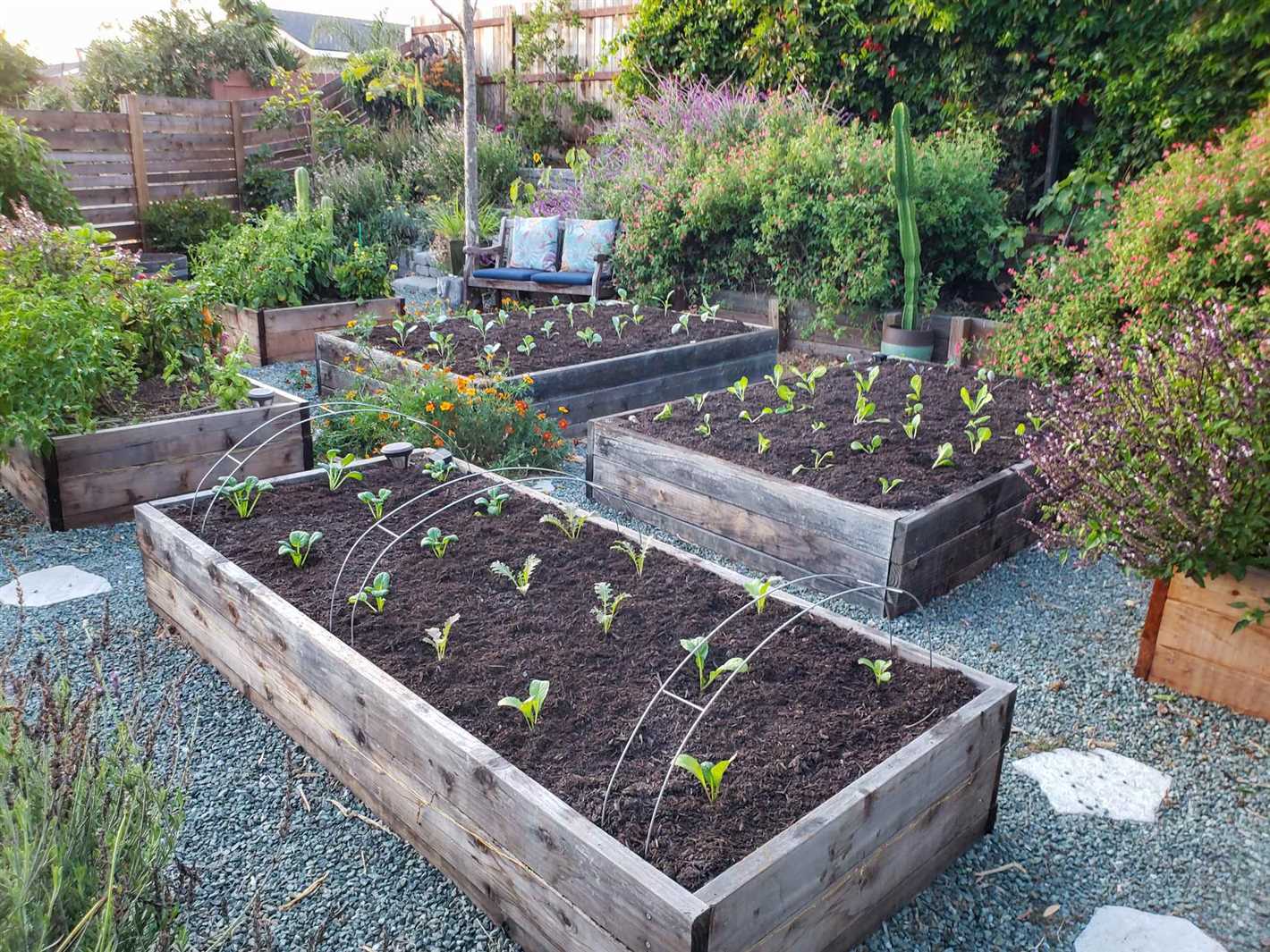
The soil in your garden plays a crucial role in the health and productivity of your plants. Over time, soil can become worn out and depleted of nutrients, making it difficult for plants to thrive. If you notice that your garden soil is not performing as well as it used to, it may be time to replace it. Here are some steps to help you refresh and replace worn-out garden soil:
- Assess the condition of your soil: Start by evaluating the quality of your soil. Look for signs of wear such as poor drainage, compacted soil, or a lack of organic matter.
- Test the soil: Use a soil testing kit to determine the pH level and nutrient content of your soil. This will help you understand what amendments your new soil will need.
- Remove the old soil: Dig up and remove the top layer of worn-out soil. This may involve removing weeds, rocks, and other debris as well.
- Add organic matter: Incorporate organic matter, such as compost or well-rotted manure, into the remaining soil. This will help improve the soil structure and provide essential nutrients for plants.
- Amend the soil: Based on the results of your soil test, add any necessary amendments to improve the pH balance or nutrient levels. This could include adding lime to raise the pH or sulfur to lower it, as well as adding specific fertilizers to address nutrient deficiencies.
- Consider raised beds or containers: If your garden soil is severely degraded or you want complete control over the soil composition, you may opt to create raised beds or use containers for your plants. This allows you to start with fresh, nutrient-rich soil.
- Rotate crops: To prevent future soil depletion, practice crop rotation by changing the location of your plants each season. This helps maintain nutrient balance and reduces the risk of disease buildup.
- Maintain proper soil care: Once you have replaced your worn-out garden soil, it’s important to continue proper soil care practices. This includes regular watering, adding organic matter, and avoiding excessive use of chemical fertilizers.
By following these steps, you can refresh and replace worn-out garden soil, ensuring that your plants have the best possible growing conditions and maximizing your gardening success.
Gardening Tips for Maintaining Soil Health
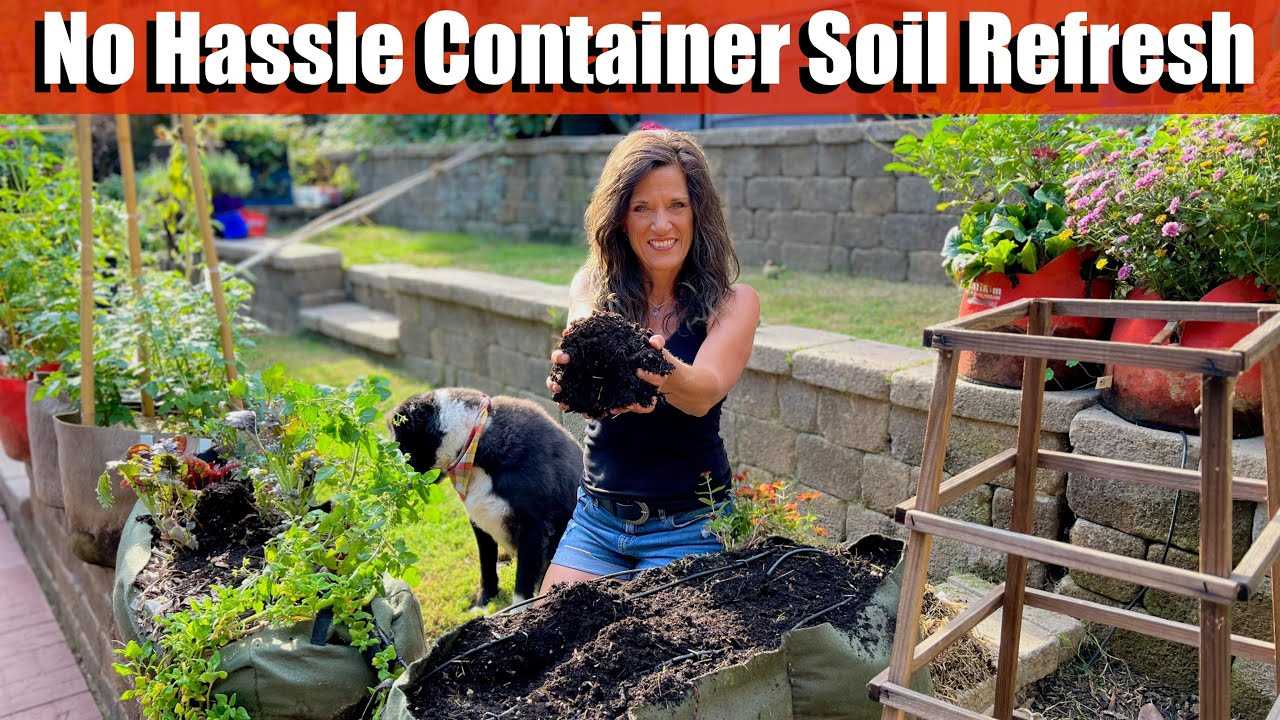
- Regularly add organic matter: One of the best ways to maintain soil health is by regularly adding organic matter, such as compost or well-rotted manure, to the soil. This helps improve soil structure, fertility, and water holding capacity.
- Practice crop rotation: To prevent the buildup of pests and diseases in the soil, it’s important to practice crop rotation. This involves planting different crops in different locations each year, as it helps break the life cycles of pests and diseases that may be specific to certain plants.
- Avoid excessive tilling: While it may be tempting to till the soil frequently, excessive tilling can lead to soil erosion and loss of organic matter. It’s important to minimize tillage and only disturb the soil when necessary.
- Mulch the soil: Applying a layer of mulch to the soil surface helps conserve moisture, suppress weed growth, and improve soil fertility. Materials such as straw, wood chips, or leaves can be used as mulch.
- Monitor and adjust pH levels: Different plants have different pH preferences, so it’s important to monitor the soil pH and adjust it accordingly. A pH test kit can be used to determine the soil pH, and amendments such as lime or sulfur can be added to adjust it.
- Implement a watering schedule: Proper watering is essential for maintaining soil health. It’s important to water deeply and infrequently to encourage deep root growth and prevent waterlogging. A drip irrigation system or soaker hose can be used to deliver water directly to plant roots.
- Use cover crops: Cover crops, also known as green manure, can be planted during periods when the garden beds are not in use. They help prevent soil erosion, suppress weed growth, and add organic matter when they are tilled under.
- Rotate planting locations: In addition to crop rotation, it’s beneficial to rotate the planting locations of specific crops in different parts of the garden each year. This helps prevent the buildup of soil-borne diseases and pests.
- Avoid overfertilizing: Excessive use of fertilizers can lead to nutrient imbalances in the soil and cause harm to plants. It’s important to follow recommended fertilizer application rates and use organic fertilizers when possible.
- Regularly test the soil: Testing the soil at regular intervals can provide valuable information about its nutrient levels and pH. Soil test results can help guide fertilizer and amendment applications to maintain optimal soil health.
Questions and Answers:
What are the signs that your garden soil needs refreshing or replacement?
There are several signs that your garden soil needs refreshing or replacement. These include poor drainage, compacted soil, reduced fertility, decreased plant growth, and an increase in pests and diseases.
What are some ways to refresh garden soil?
There are several ways to refresh garden soil. One option is to add organic matter, such as compost or well-rotted manure, to improve soil structure and nutrient content. Another option is to use cover crops to naturally replenish nutrients and improve soil health. Additionally, you can use soil amendments, like gypsum or lime, to adjust pH levels and improve nutrient availability.
How often should garden soil be refreshed or replaced?
The frequency at which garden soil should be refreshed or replaced depends on several factors, including the quality of the soil initially, the types of plants grown, and the gardening practices used. In general, it is recommended to refresh or replace garden soil every 3 to 5 years to maintain optimal soil health and fertility.
Can I use old garden soil for container gardening?
Yes, you can use old garden soil for container gardening. However, it is important to note that container gardening requires a well-draining soil mix, so you may need to amend the old garden soil with perlite or vermiculite to improve drainage. Additionally, adding compost or other organic matter can help replenish nutrients and improve the overall quality of the soil for container gardening.
What are the benefits of refreshing or replacing garden soil?
Refreshing or replacing garden soil has several benefits. It can improve soil structure and drainage, increase nutrient availability for plants, promote better root growth, and prevent the buildup of pests and diseases. Additionally, refreshing soil allows for better plant growth and can lead to higher yields in vegetable gardens.







